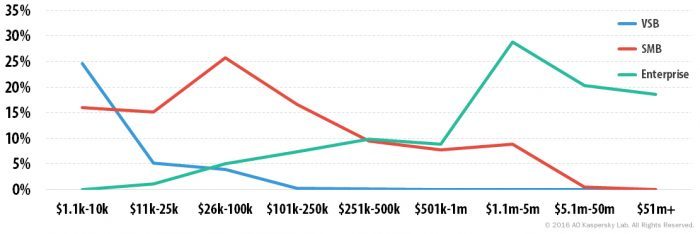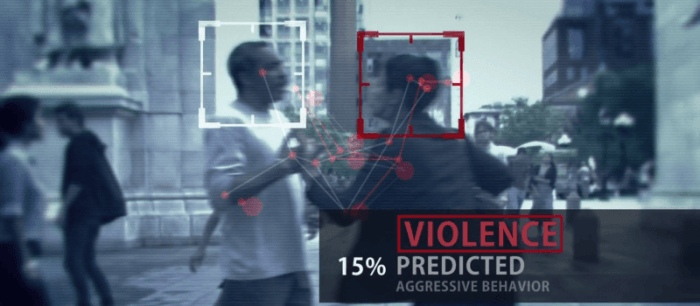
Connecting with care: How ready is healthcare IT?
Digital healthcare allows ever more non-security trained medical staff to access and share confidential patient data, which builds up a challenge for IT security workers.
17 articles

Digital healthcare allows ever more non-security trained medical staff to access and share confidential patient data, which builds up a challenge for IT security workers.

For many SMBs SaaS can provide a cost effective way to take advantage of technology through a cloud-based, subscription model.

Kaspersky Lab’s senior vice president of IT dispenses essential cybersecurity advice for small businesses.

We asked more than 3,000 representatives of small and medium-sized companies how they manage to cope with cryptomalware in the constantly changing landscape of cyberthreats.

We have received a new patent for a method of countering code injection into a page opened by the client’s browser (a man-in-the-browser attack).

See some of our best yogis — and be seen yourself — in the #ITYogaChallenge!

Public studies aren’t there for any kind of fear-mongering, however some cybersecurity-related news really may make one feel uneasy. That’s the case with the Kaspersky Lab’s Global Research & Analysis Team (GReAT) field study of the security of hospitals’ IT systems. As one may have already guessed, the situation there is, let’s say, not good.

A recent study of attitudes toward information risk shows that one in four (24%) IT specialists are concerned about the growing complexity of IT infrastructures and see this trend as a threat to security.

Kaspersky Lab has rolled out a new cyberthreats report covering Q2. While it is consumer-oriented, certain findings are extremely relevant to business.

It was recently discovered that certain Hospira drug infusion pumps contain dangerous and easily exploitable security vulnerabilities.

“A single cyberincident can kill a business” may sound like an exaggeration, but it is not. In this blog post we prove it with two different stories.

Disgruntled ex-employees don’t need to have special hacking skills to inflict severe damage on the company infrastructure. Cynthia James reviews a number of scenarios, and ways to prevent attacks of this kind.

IT workers routinely set up limited privileges for all users for security sake. However, the users are extremely suspicious about these sorts of limitations, assuming (sometimes reasonably) that it will affect the workflow. Is there a way to mitigate these contradictions?

It is widely known in cybersecurity that the door to a data breach is often opened by employees. In what percentage of breaches is an employee directly at fault?

A recent survey shows that IT professionals have a very uneven understanding of how to protect their virtualization environments. Baseline awareness exists, but there’s a Roman Colosseum of room for improvement.

IT departments take most of the responsibility for the company cybersecurity. However, how fair is it to charge them with 100% of responsibility for everything that happens there? Cynthia James shares her thoughts on this matter.

Big Data concept is the new “big thing” of the last two or three years. While it promises a lot of advantages, there are voices of doubt and reservation. This week we are publishing a series of blog posts dedicated to Big Data, trying to find out what this “big” is about. Stay tuned!
ACCEPT AND CLOSE
Notifications